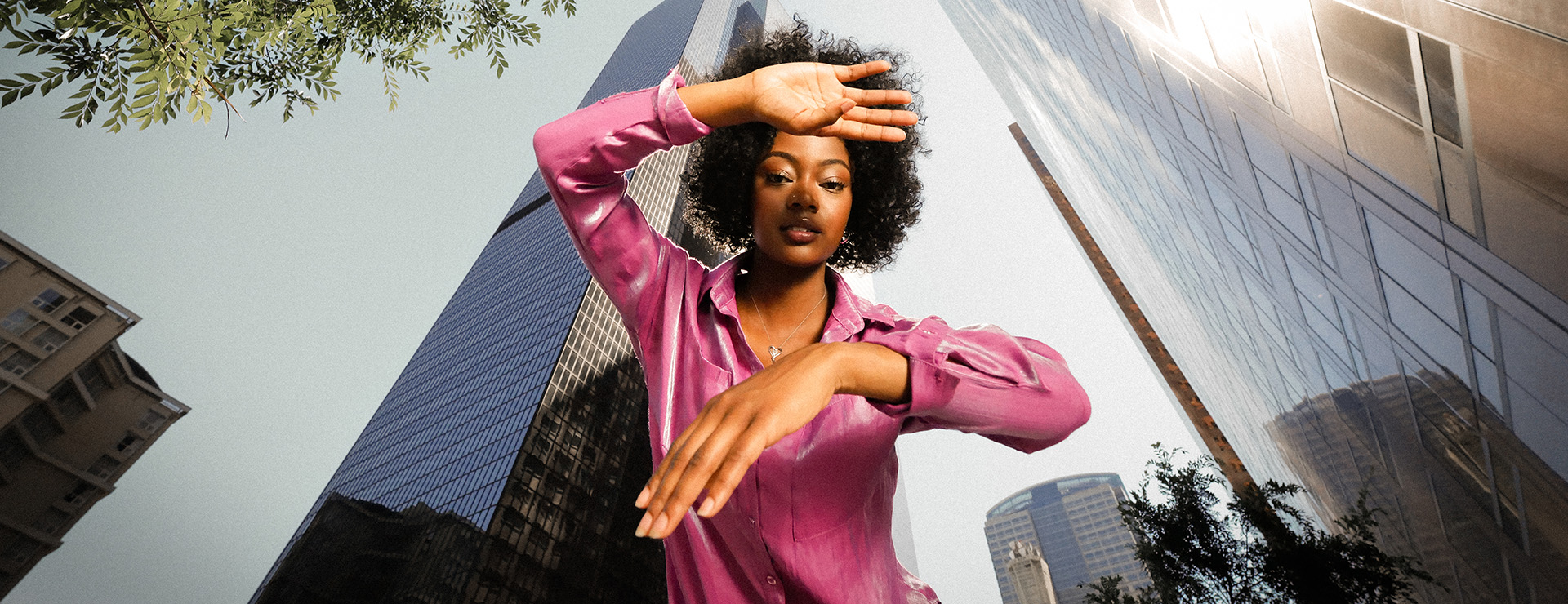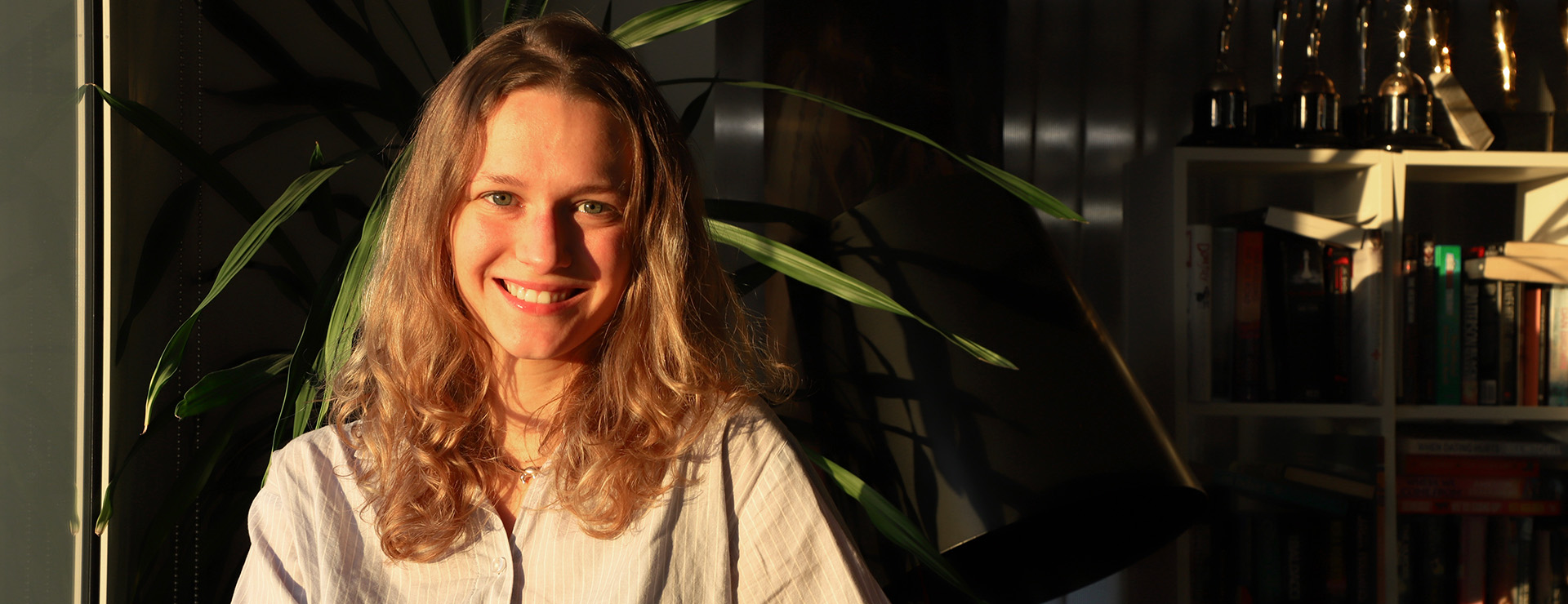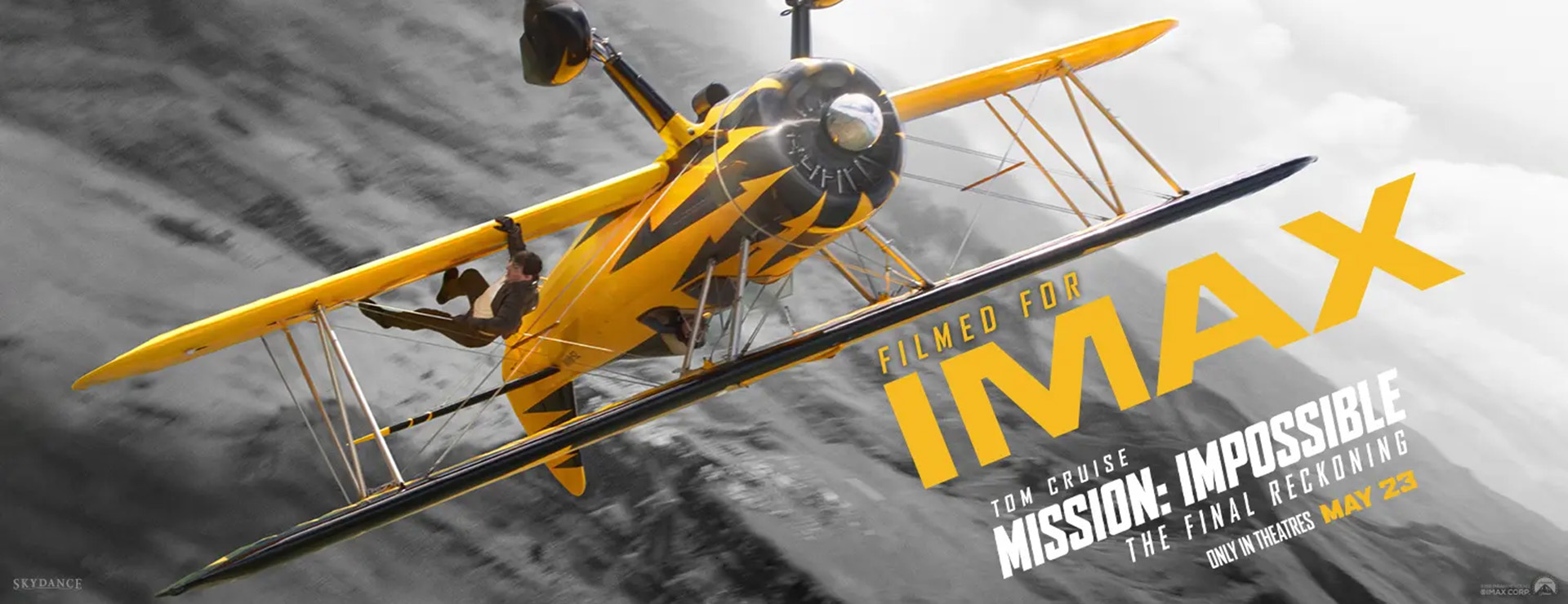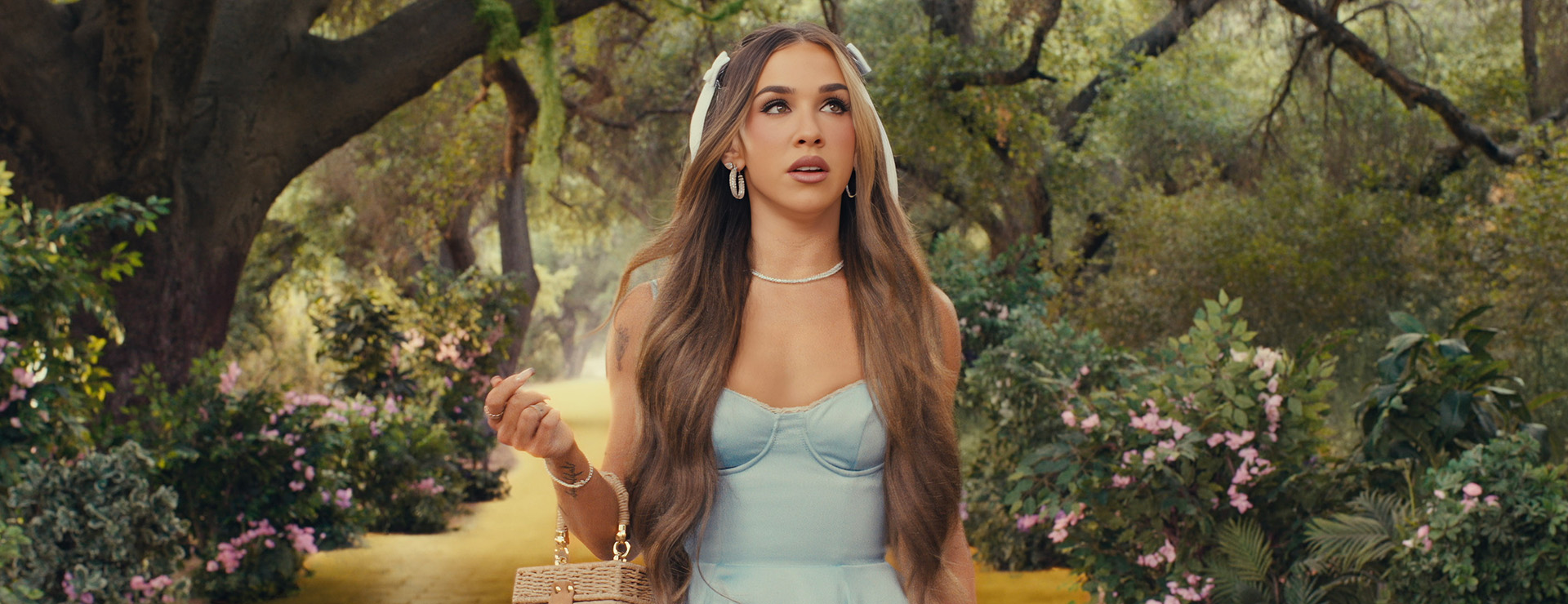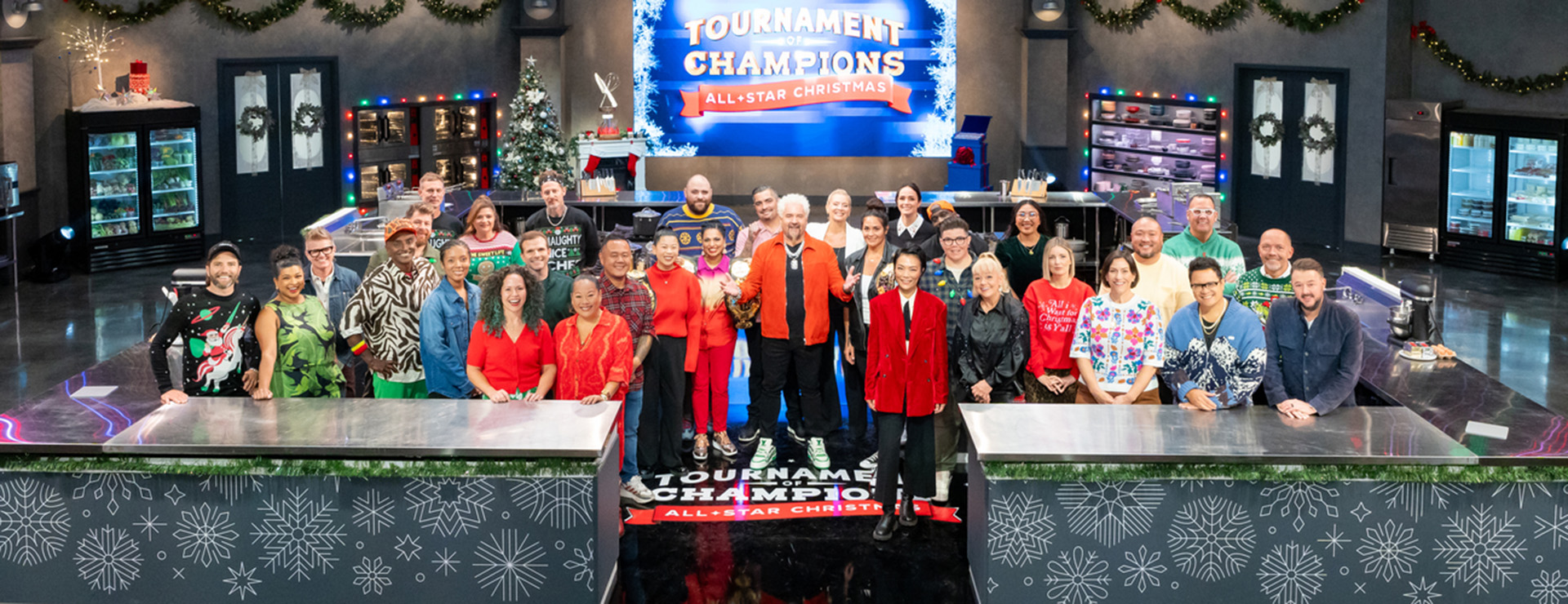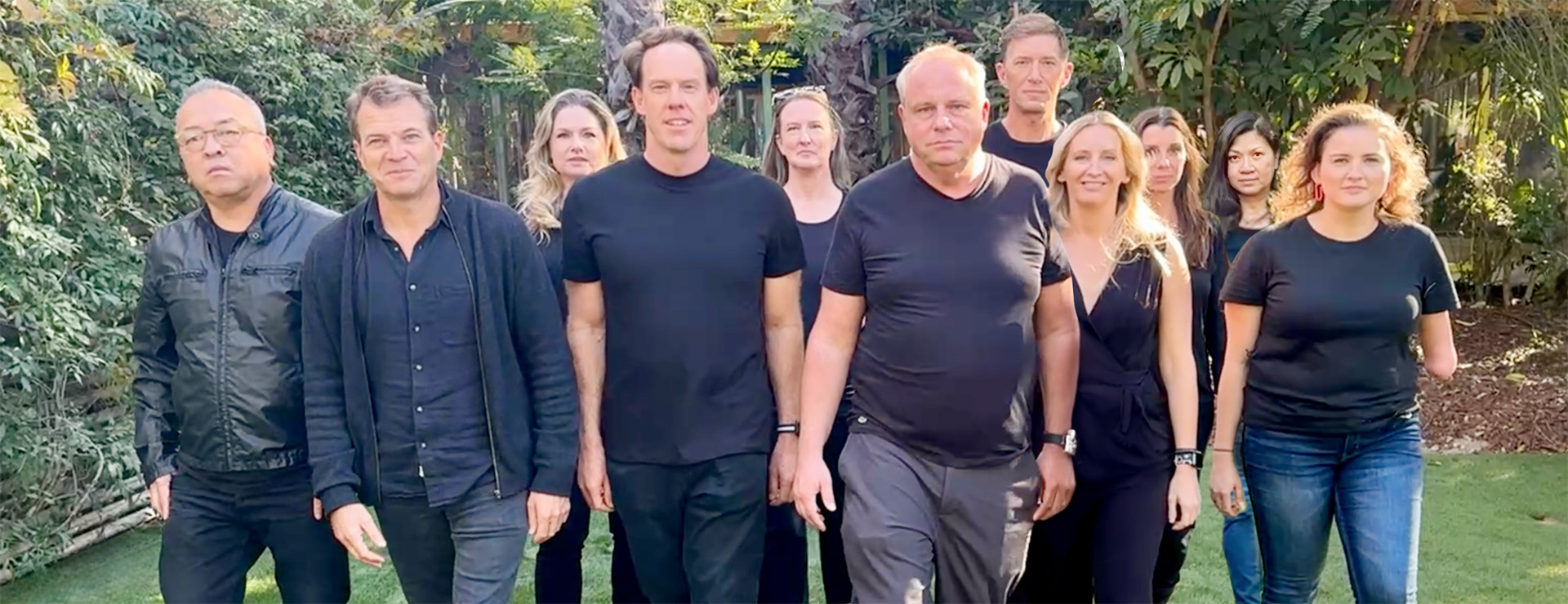During the BET Awards on June 9, the Paramount-owned cable network quietly launched a little present to itself: a spot created by Los Angeles-based agency Rev that celebrated the network’s 45th anniversary. Besides appearing in the awards show, the piece also premiered in the live simulcast across MTV, VH1, Nickelodeon, CMT, Pop TV and Logo, as well as on BET’s digital and streaming platforms.
What sets the spot apart is Rev’s use of still photography. In just 60 seconds, the viewer gets to meet a multigenerational group of people, including a cowboy (and his horse), a surfer, a deejay and a few friends just having a mid-day dance party. Each snapshot captures a character or a scene perfectly, sometimes settling on a portrait, other times shuffling through a series of shots like a flipbook. The result is that even though the piece is mostly composed of stills, it feels full of movement. Add to that snappy copy and vibe-setting original music, and the :60 easily says everything it needs to say.
Spotlight talked with Rev Founder and Managing Partner Alma Derricks and Head of Creative Advertising Gary Holland to get the story behind BET’s ‘Forty Five and Forward’ brand spot.
Spotlight: How is Rev connected to BET and how did this campaign come to be?
Alma Derricks, founder and managing partner, Rev: I’ve known Kimberly Wilson, SVP of brand marketing and strategy at BET, for nearly 10 years. I did some work for her when she was leading brand at Sirius XM. She reached out because what BET was trying to do was heavily brand focused, as well as about being an anthem for BET because they were celebrating their 45th anniversary. We started having this conversation about BET’s larger brand direction. This piece came out of that conversation as something very specific that was on their wish list. They weren’t sure they were going to be able to get it done with everything else going on, and especially the BET Awards, which is like their Super Bowl. But she and CMO Kimberly Evans Paige were adamant about trying to do something different.
They wanted a piece that really celebrated their audience. The theme is that BET is reflective of the culture that it serves. That nugget was where we started creatively. We wanted to do something that you might not expect out of a 45th anniversary spot.
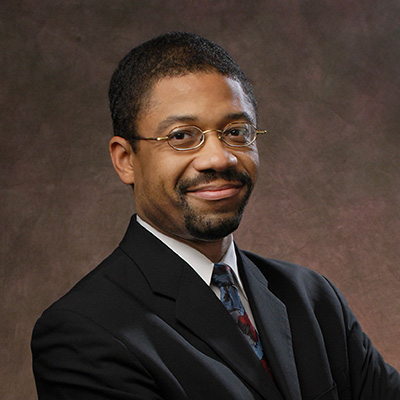
Gary Holland, head of creative advertising, Rev: We heard they were talking to other agencies but time was running against them because they apparently weren’t seeing anything they liked. But they did not want to miss the opportunity of premiering a new campaign to millions of viewers during their highest-rated show of the year, the BET Awards. So, Kim Wilson brought us in to meet Kim Paige.
At that meeting, we pitched the idea, developed with our director, Tim Nackashi, of doing still photographs mixed with a little bit of video. We imagined it as very magazine-like, with a clean, simple graphic background that didn’t take away from the photography. We also played examples of the type of music that we thought would create the vibe. We could tell they were fascinated by the visual approach. By the end, Kim Paige gave us the go-ahead to get started. We sold the pitch on the spot.
Spotlight: Why did you feel that still photography would give them the connection to the audience that they wanted?
Holland: It feels like you're capturing moments in time and creating almost a scrapbook approach, or a family album approach. It's always the default position to go to video. People don't usually talk about still photography in a campaign of this size. To make that work, we also had to find a director of photography that was just as versed in still photography as with moving pictures. The vibe we wanted to capture was just a feeling of warmth in the photography, and expressions of joy that Paige wanted to see.
Spotlight: Why do you think that occurred to you in a time where we're all living with so much video?
Derricks: The portraits really are elevating. I think there's something about freezing for a second on those moments and just really taking them in. Everyone has video on their phone, everyone has Tiktok and Instagram, we are very video heavy as a society. I think there's something about composing a moment and really focusing on that moment that showcases and elevates the subject, as opposed to it just whizzing by.
Spotlight: It seems like you needed to do a lot of photo shoots. How did you deal with that both logistically and budgetarily because photo shoots do not come cheap, especially if you include production design, sets, hair, makeup and so forth.
Holland: This was not cheap under any circumstances, this was two full days of shooting with a full crew, put together by line producer Lagueria Davis, and a couple of hours had to be baked in to go where the horse lived so we could shoot the cowboy. We had a casting director, Tamara Sibley, who did a great job. We asked her to cast people from various walks of life, like the deejay, the cowboy and the surfer, because we wanted to celebrate the diversity of the Black experience.
Spotlight: Why did you specifically choose cowboy and surfer?

Derricks: Because they exist, but they're not seen all the time. When you talk to people about their memories of BET, it’s about seeing themselves for the first time. I think we’ve lost sight of that fact, because today Black entertainers and Black talent are everywhere – I mean, it was a year in which Kendrick Lamar headlined the Super Bowl – but if you roll back the clock, BET was one of the only places to platform a lot of those voices and talent, so that legacy is really the key.
We wanted to make the point that ‘we see you. We see all of you in your diversity and color and variety and we see unexpected corners of the community as well.’
Just because you don't see people doesn't mean they don't exist. And because they haven't been platformed, and they haven't been seen, they haven't been showcased. I think that whole idea of being seen and of showcasing Black culture is something that is central to BET’s philosophy of how they approach and care for their audience.
Spotlight: According to the credits, Anthony Brooks was the DP and the still photographer. Why did you decide to go with the same person for both of these important roles?
Holland: We do really want to give a shout out to Anthony Brooks because he was definitely one of the keys to making this work. With our director, Tim Nackashi, we looked at lots of DPs and still photographers, and Anthony had that magic combination that made it glow. He could instinctively segue from shooting stills to video. He had a very confident approach and a great eye. And we wanted it all to be seamless, to have the same look and the same point of view. He made us think about the classic Black photographer, Gordon Parks.
Derricks: Anthony comes from a military family, so he has lived all over the world. The reason he started shooting photos originally was because people didn't believe that he was seeing the things that he was describing. And he said, ‘I literally just started taking pictures to document what I was experiencing for friends back in the States.’
He has a really interesting on-the-ground eye that we were looking for when it came to capturing these moments with people. His portfolio is just exquisite. We don’t make the Gordon Parks comparison lightly. He does really beautiful work that just sold us. Once we knew he also was a director of photography, we thought ‘this is the best of all possible worlds.’
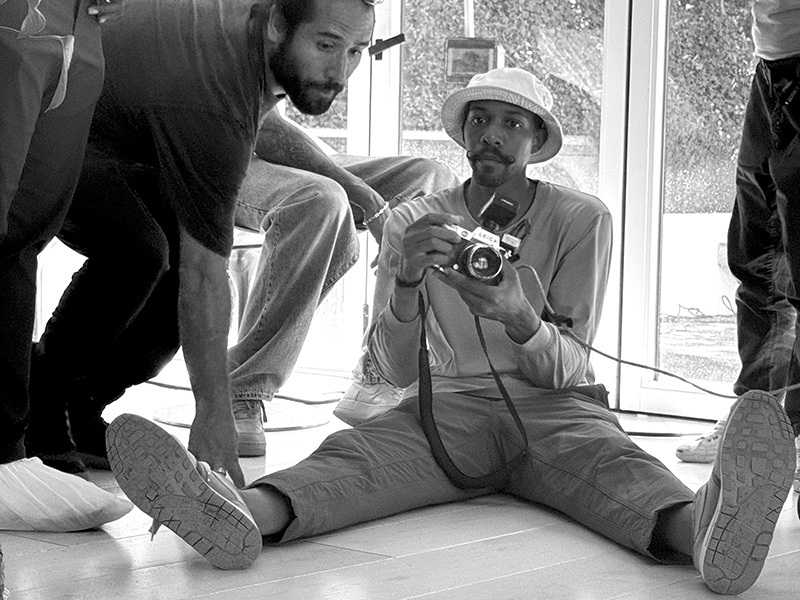
Spotlight: How did you build this out? Did you do the shoots first and then write the copy? Or did copy come first?
Holland: Copy came first. Well, the visual idea came about first. Then Kim Paige was clear that they wanted an anthem spot, so we aligned with her and Kim Wilson on direction and then the script came together.
In the script, we were trying to find a way to connect BET to that audience and show that BET influences the audience and vice versa. When we came up with the opening line in the spot that says ‘when BET showed us the stars, we saw ourselves,’ that was the entry point that got us to the rest of the script.
Spotlight: Once you established that you were using mostly still photography, you put that up against a black and white palette with a straightforward font. Was that always part of the vision?
Holland: Yes, that was part of the pitch. We showed simple copy and simple photography. As we went along, we started building and just trying to find a good, solid graphic hook to keep everything together without getting too chaotic. And that's when Alma’s logical mind came in and created what we ended up calling an “on-the-rails approach” to keep the copy consistent and easy to follow. One of the things that everybody was concerned about was making sure that you could follow the copy on-screen, especially because we were adamant from the beginning that there be no voiceover. We felt like that would just get in the way.
Derricks: The on-the-rail system was just about keeping the text along a center line or along a couple of swim lanes. It was a way to give it some logic so the text was sliding back and forth in one place, as opposed to jumping to random places on the screen.
Spotlight: Why were you so adamant about not using voiceover?
Holland: Because we felt like the photography and the sentiments that come with it should be the star. We didn’t want to give people more elements to follow.
Spotlight: How did you end up going with the musician that you went with, and how did he come up with this specific sound?
Holland: When we first pitched the concept, we played some old soul songs and some modern songs that had that old soul vibe to them, music that could cross generations. We got into that groove right away, and it was just a matter of finding what we wanted from there. We did try to look through the Paramount music library, but it felt like trying to find a needle in a haystack.
The other option was licensing a hit song from a big music artist. But when you do that, you are paying a lot of money each week, which means you are going to have a very limited shelf life for the spot instead of one that can run for a long time. In the end, we felt the money would be better spent on a composer who we knew could deliver the goods. Who we chose was someone I had worked with before, Wendell Hanes, and his company, Volition Sound. We gave Wendell a cut of the spot, edited to the tempo we wanted, and a few minutes of direction, and then left him alone. Wendell came back with an amazing piece, complete with vocals. The version you hear is the demo he presented. All we could say – and all that the BET clients could say – was ‘wow, this is it.’
Derricks: The other thing we were trying to go for was something that covered 45 years, something that was appropriately retro but also had a modern vibe. Wendell nailed that perfectly.
Spotlight: Now that it’s been completed and broadcast, why do you think the piece worked as well as it did?
Derricks: We left a lot of room for surprises to happen. There were shots that came through in the end. As much as we planned, there were a lot of things that were just beautiful surprises. It's a lot of work to scroll through those 7000 photos that were captured across two long shoot days. We sat and went through every frame by hand. But in doing that, we found some shots that just blew us back, there were shots that were just exquisite. When you get those lucky moments, you have a chance to do some interesting things.



